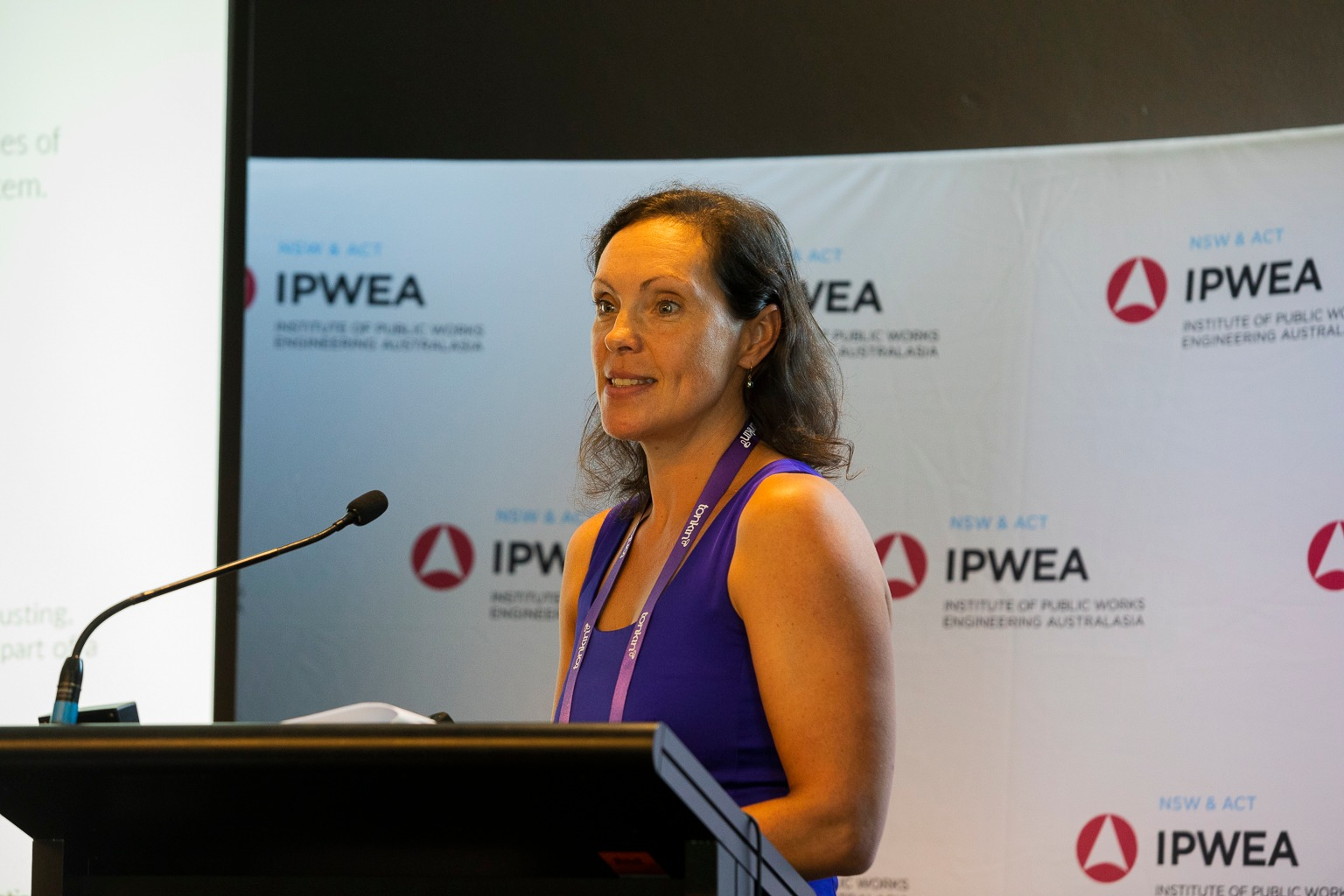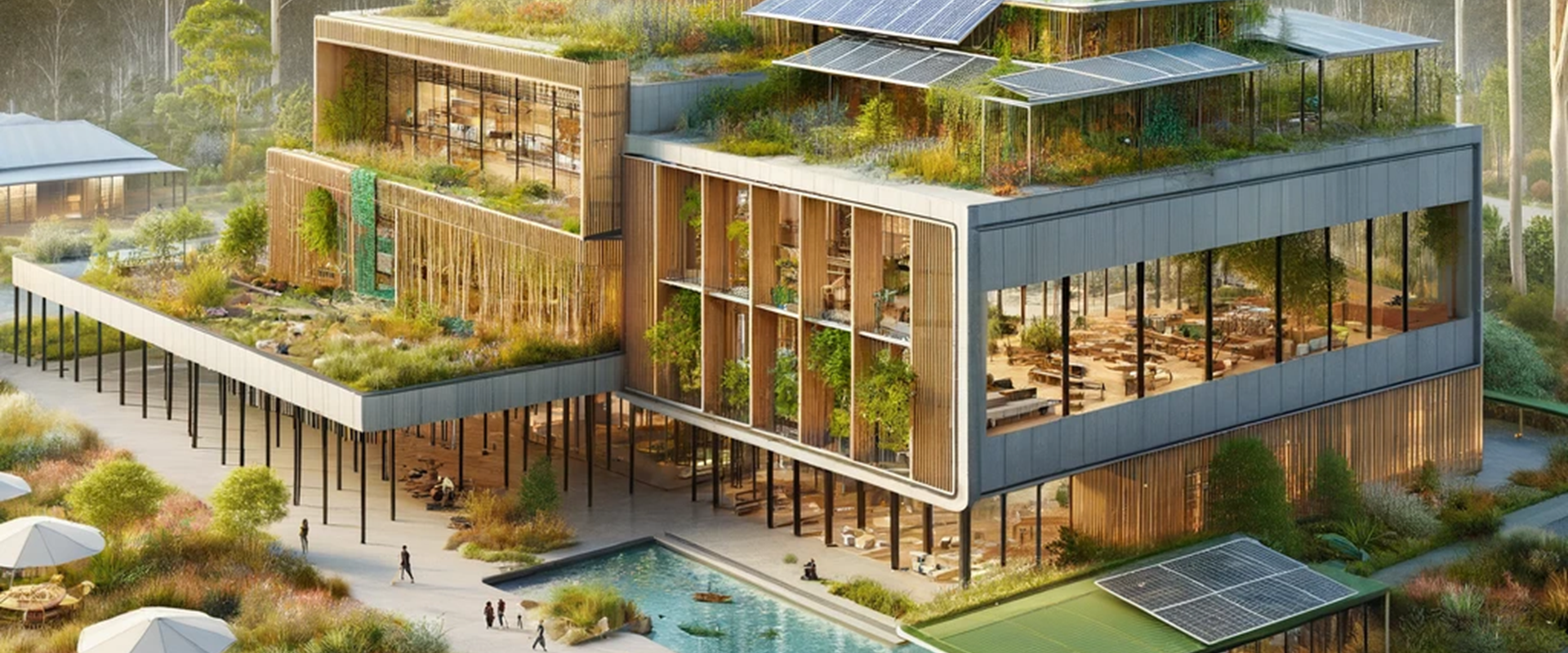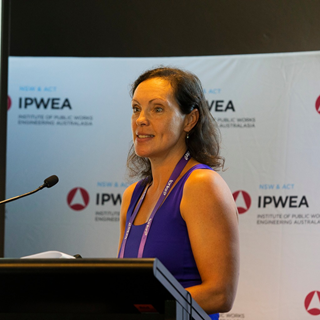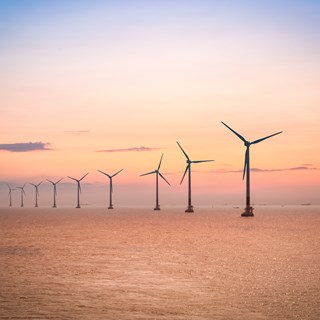Australia faces a significant challenge: our infrastructure must not only withstand the increasing occurrence of natural disasters, which currently cost our economy $38 billion annually—a figure projected to double by 2060 due to escalating emissions—but must also transition towards sustainability. The Deloitte Access Economics 2021 report underscores the urgency of this transition, highlighting the dual necessity of resilience and decarbonisation to safeguard and sustain our future.
The Australian Trade and Investment Commission (2023) recognises the importance of the infrastructure industry on our economy, contributing over 20% to the GDP. With the 2022–23 federal budget allocating A$17.9 billion towards critical transport and energy projects, the imperative to integrate climate change risks, both physical and transitional, into our infrastructure planning has never been more critical. This approach is vital for ensuring the longevity and durability of our infrastructure in the face of climate change.
The Institute of Public Works Engineering Australasia (IPWEA) Practice Note 12.1 brings to light the distinction between an asset's 'Design Life' and 'Useful Life,' emphasising the dynamic nature of the latter. It suggests that climate resilience and carbon reduction strategies must extend the useful life of infrastructure assets, making them not only more sustainable but also more cost-effective over time.
Construction materials and decarbonisation
There are a number of steps in the creation of a construction material and the basic process for the creation of concrete, steel, bitumen and PVC are that the virgin base material originates from mining and are transformed by manufacturing before they can be used in construction.
Energy is used in each of these steps and in themselves contribute to significant components of the Australian economy with the combined contributions of mining (14.3%), manufacturing (5.7%) and construction (7.1%) equating to 27.1% of the Australian economy (Reserve Bank of Australia 2023). The source of the energy used in mining, manufacturing and the transportation in each of the stages, if sourced by fossil fuels, contributes to the embodied carbon in the construction materials. There are a range of ways that the embodied carbon in a material can be reduced but a key method to reduce these emissions is to switch the energy source to renewables.
‘Green Aluminium’ labelled as ‘carbon free’ is produced in Canada using hydropower. The ELYSIS Industrial Research and Development Center, in Saguenay (QC), Canada, uses hydropower in the production of aluminium which creates the parts in smart phones, cars, coffee pods and drink cans (RioTinto 2021).
There is a lot of research being undertaken on how to manufacture ‘Green Steel’ or steel made with low embodied carbon emissions as opposed to Colorbond green-painted steel. Western Australia is the largest iron ore supplier in the world producing 38% of global supply in 2022 (WA Government 2023). Iron ore is the source for iron and steel industries and almost 98% iron ore produced globally is used in steelmaking (USGS 2023). Carbon dioxide is a byproduct from the chemical reaction between the iron ore and metallurgical coal to extract the iron. Steel is then produced using an alloy of iron and carbon with other elements sometimes included such as manganese and nickel. This means that to reduce carbon emissions is difficult and the current method is primarily from recycling steel scrap metal.
H2 Green Steel based in Sweden is planning to use hydrogen for the production of parts to be used in Porche cars (H2Green Steel 2023).
The quest for low embodied carbon and climate-resilient materials
The Materials and Embodied Carbon Leaders’ Alliance (MECLA) initiative is a testament to the industry's commitment to reducing the carbon footprint of construction materials. However, the quest for low embodied carbon and climate-resilient materials poses a significant scientific and economic challenge. It requires a balance between reducing carbon emissions and ensuring the materials can withstand the harsh realities of climate change, from extreme weather events to rising sea levels.
Furthermore, the decarbonisation of the mining sector, essential for the production of construction materials, underscores the importance of transitioning to renewable energy sources. The concept of 'Green Aluminium' and 'Green Steel' illustrates the potential for industry innovation, leveraging renewable energy to significantly reduce the carbon emissions associated with these materials.
Yet, reliance on renewable energy introduces its own set of challenges, notably the variability of wind, solar, and hydropower generation. This variability necessitates robust business continuity planning to ensure a consistent and reliable energy supply for the manufacturing of low-carbon construction materials. It underscores the need for a diversified energy portfolio and advanced storage solutions to mitigate the risks posed by climate variability.
Looking to the future, Engineers Australia's discussion paper on 'Reducing government infrastructure emissions' highlights the Infrastructure Sustainability Council’s Rating Scheme as a tool for integrating climate resilience and low carbon considerations across the full asset lifecycle. This approach, focusing on embodied carbon emissions and the adaptive capacity of materials, sets the stage for a more sustainable and resilient infrastructure framework.
The transition towards climate-resilient and low-carbon infrastructure in Australia requires a multifaceted strategy. It involves innovative material science, energy transition, risk assessment, and a shift in industry practices. By prioritising sustainability and resilience, Australia can safeguard its infrastructure, economy, and communities against the inevitable challenges posed by climate change, ensuring a robust and sustainable future for generations to come.

Melanie Thomas, Senior Climate Change Consultant, BMT presenting at the IPWEA NSW & ACT conference in 2023.






